To begin this piece, I shall borrow a paragraph I wrote when I reposted a review my staff did on the HUAWEI Mate X6, because it’s quite apt that the reason HUAWEI is what it is today, is due to a series of events that some may claim to be fortunate – or the opposite, depending on which side of the coin you are on.
It begins, “There’s a fork in the timeline. In that other multiverse, the HUAWEI ban never happened. HUAWEI went on to become the number 1 smartphone brand, overtaking Samsung.”
But alas, we are in the Sacred Timeline (I think?). HUAWEI releases the Mate XT Ultimate, the most cutting edge device in the market today. It almost seems like a necessity to innovate, an overachievement, likened to a duck swimming gracefully above water, but below it is paddling furiously to make up for lost time. In the tech world, post-ban HUAWEI is a truck competing against race cars. From that long straight stretch of road, it seems that the tech giant has been beaten by insurmountable odds. However, as one looks beyond, HUAWEI has decided to look inwards and decided not to compete under the same rules – since the rules, apparently, can be changed.
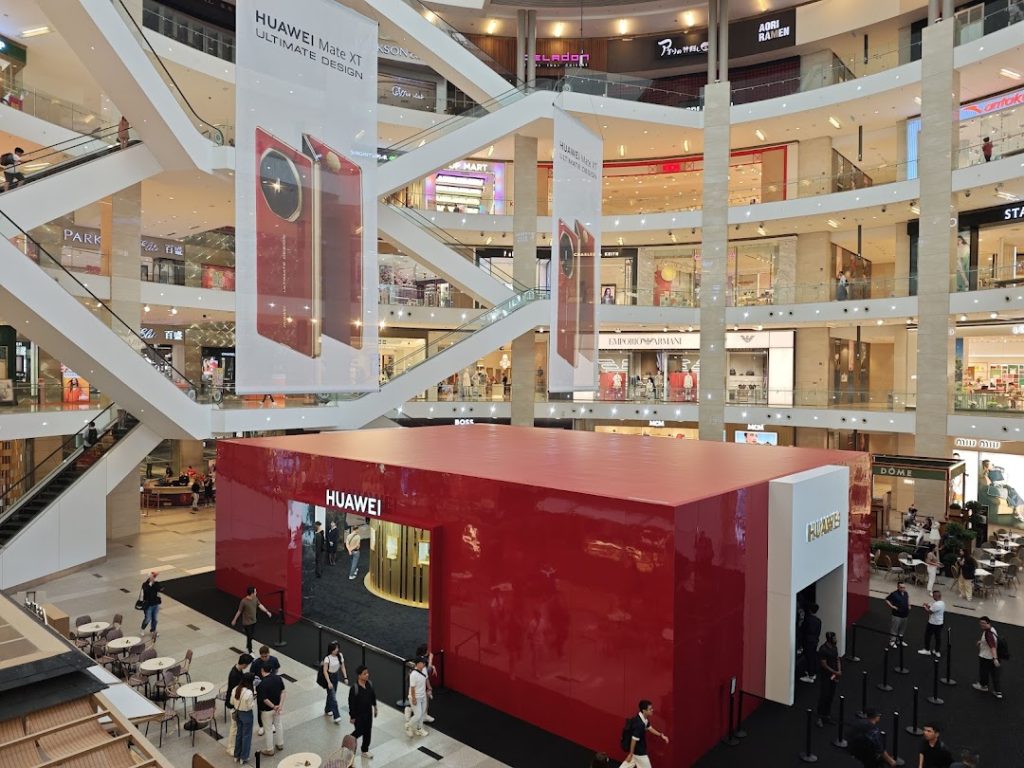
Since the ban, HUAWEI has made significant moves. First, it beefed up HiSilicon, their chip foundry, looking inwards to manufacture their own home-grown chips. In its current state, the Kirin chipset is about two years behind the current generation of chips. It’s a long game, a crippling one even as their PC market bleeds with the loss of Intel chips for new Windows laptops. It’s an odd boon in a way, that HUAWEI does have its own chip foundry and the market conditions of moving towards ARM-based chips for Windows seem like a convenient timing. But I digress.
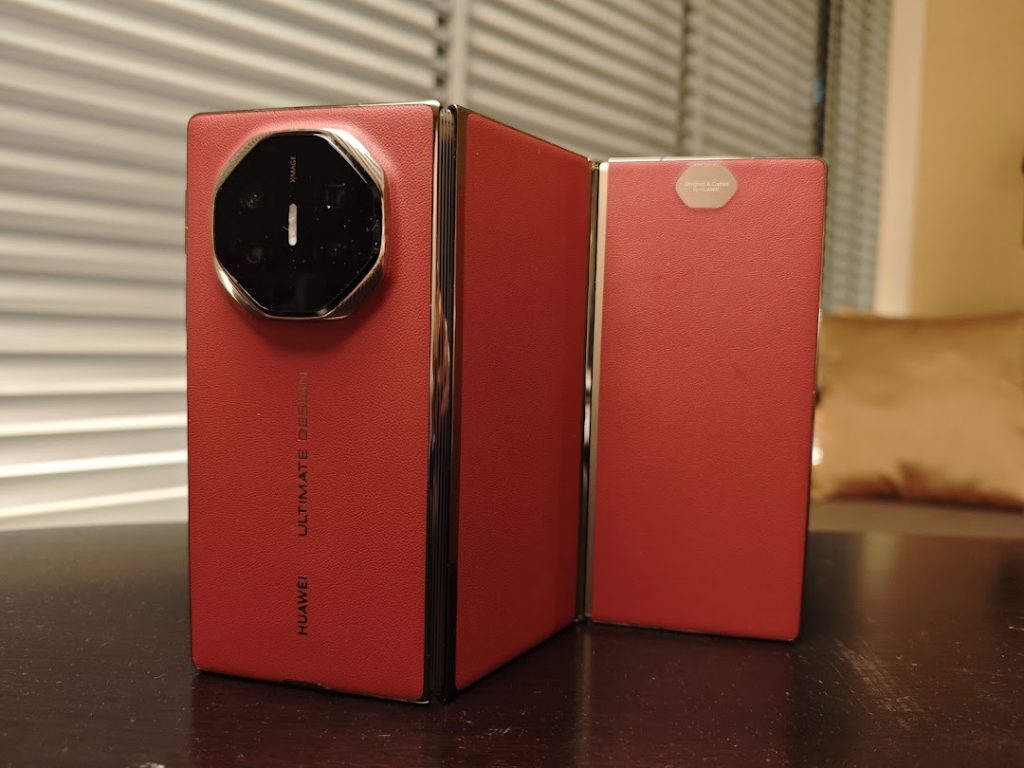
It is the year 2025, and in HUAWEI’s first quarter act, releases a few surprises. The Mate XT Ultimate costs €3,499, roughly a quarter of the cost for a new car in the Philippines. Preorders in China are in the millions. It’s coming to the Philippines in March. It smells of opulence. The ring tones were composed on a USD$1M grand piano. The gold Eonic curves that house the camera took 22 days to forge. The global version runs on EMUI. This device is HUAWEI’s revenge. “See world, witness me!”
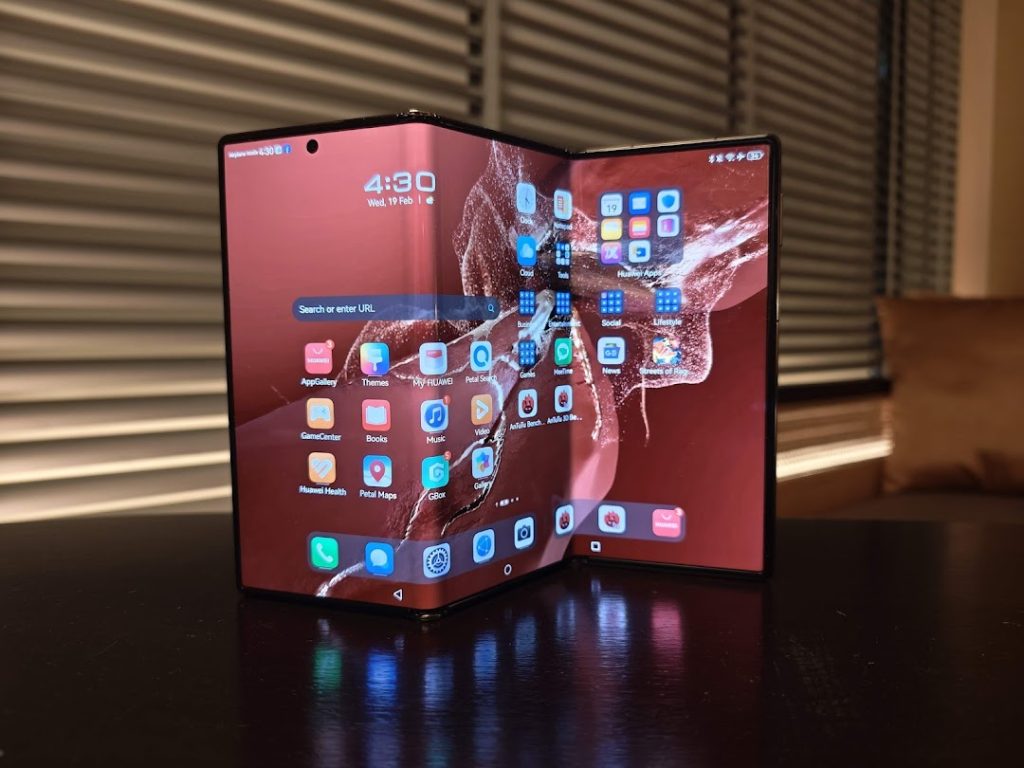
The second device launched is a refresh to the MatePad, a productivity tablet with keyboard and stylus. Never mind the regular edition – it’s the PaperMatte edition you want. This is a device with a screen that looks like a book cover – no glare, no eye strain. It’s absolutely beautiful. It comes bundled with WPS Office, which is the suite of choice for people who aren’t willing to pay for Microsoft Office. It comes with a home-grown app called GoPaint, a direct competitor to ProCreate, that is just amazing to watch being used by a professional, and mind-blowing in the hands of a beginner. The MatePad Pro PaperMatte Edition sets you back €1,199.
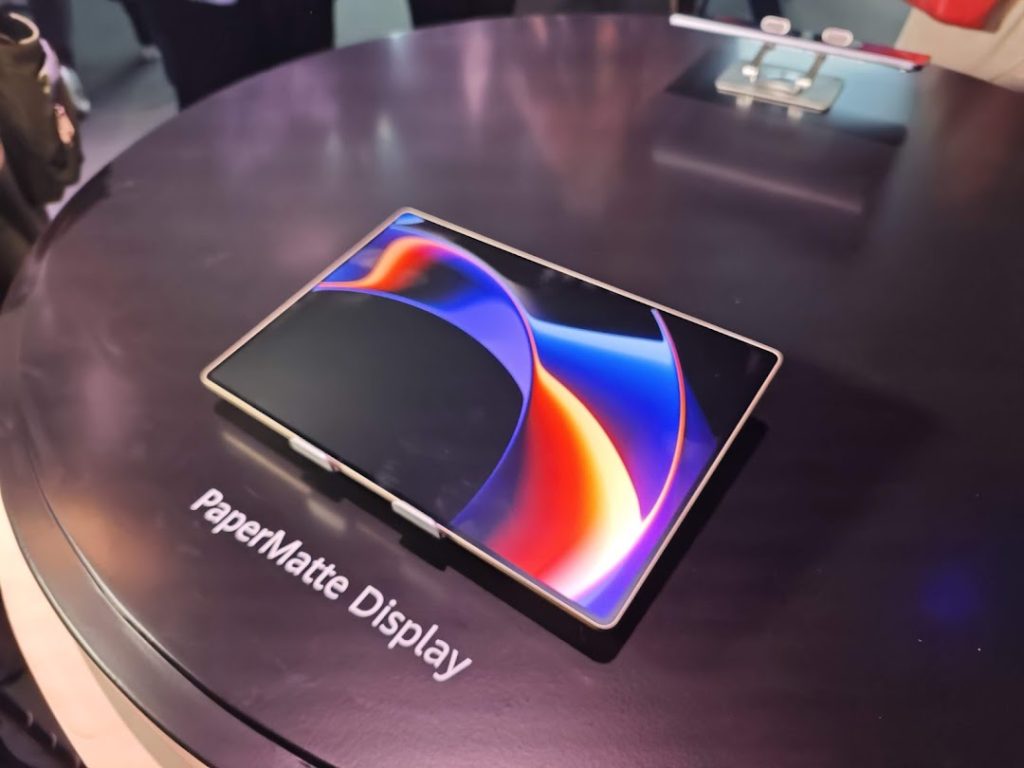
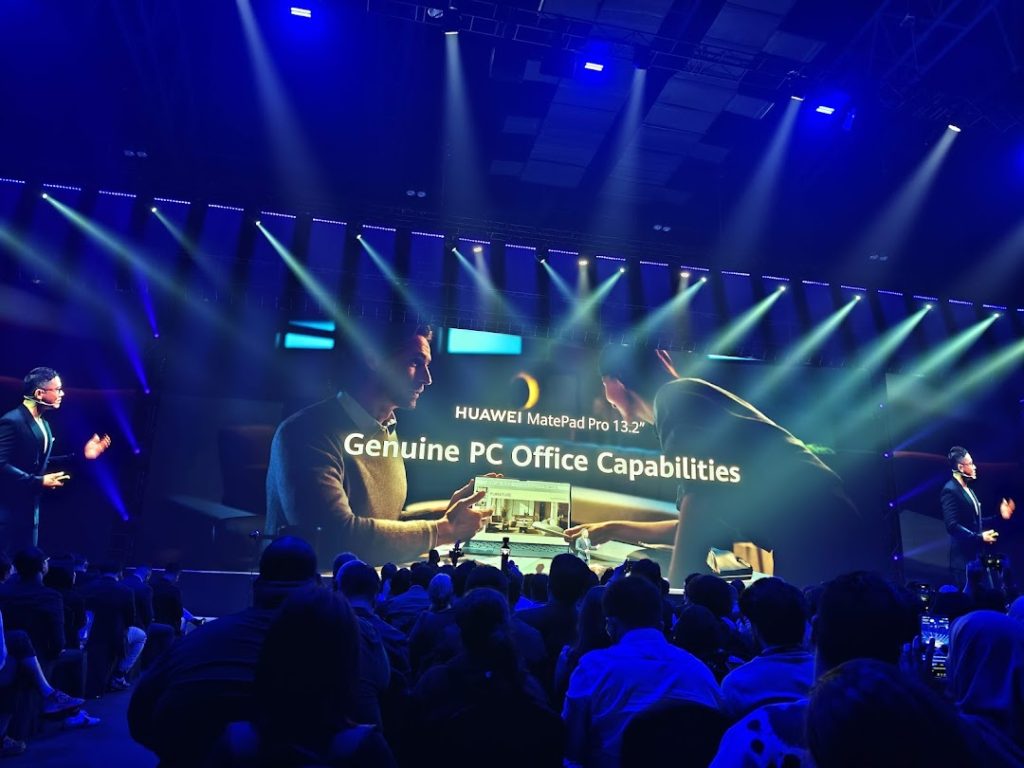
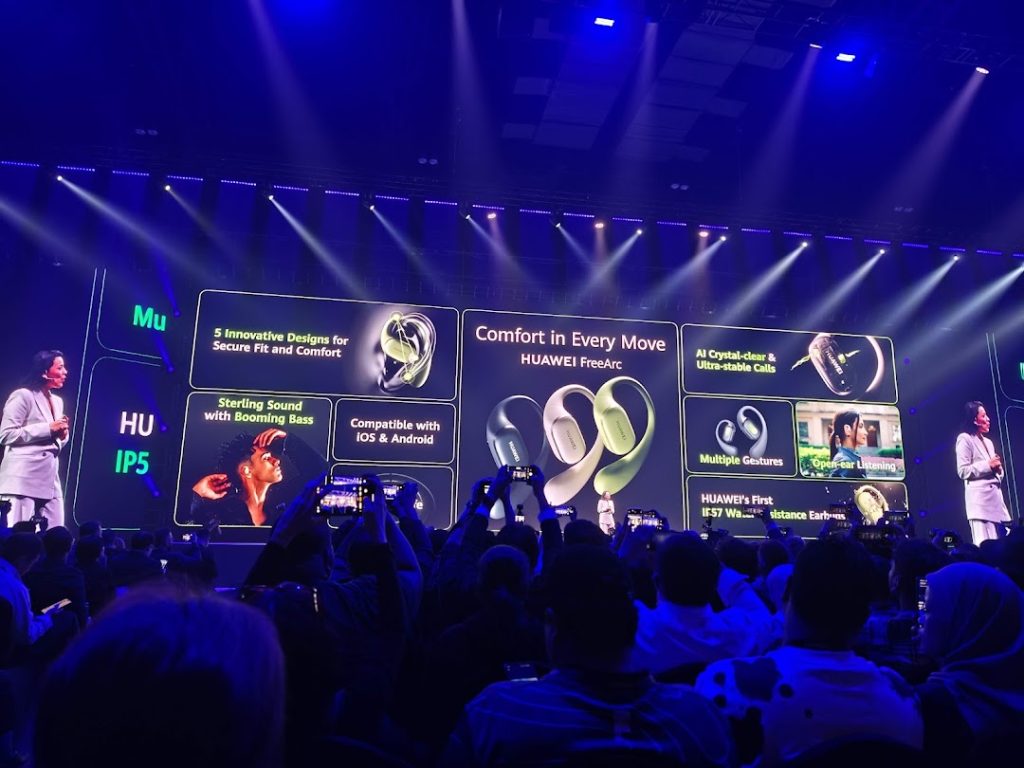
The last reveal was the smallest – literally – but had the most impact in announcing HUAWEI’s direction forward. The FreeArc is an on-ear solution that allows HUAWEI to compete in the active wearable audio space. It has a really great form factor for workouts, especially with outdoor activities such as biking and running, while still giving spatial awareness. The second item was the new Band 10 wearable. For the Philippine market, the major announcement was that HUAWEI is introducing ewallet payments via wearables through GCash.
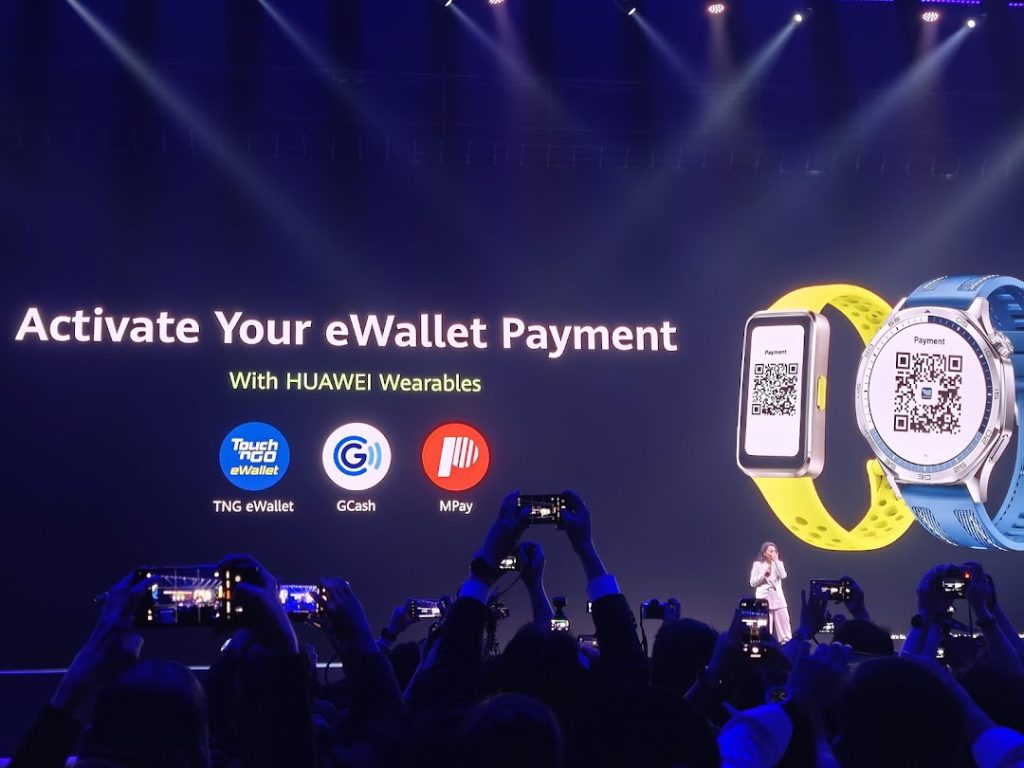
Secondly, these wearables will now be iOS and Android compatible. That means HUAWEI wearables will no longer need to rely on a janky workaround of having to download HUAWEI Health from an AppGallery APK. Not much information was provided but it seems, from the slides during the launch, these wearables will work through the HUAWEI AI Life and Audio Connect apps on the Play Store and App Store.
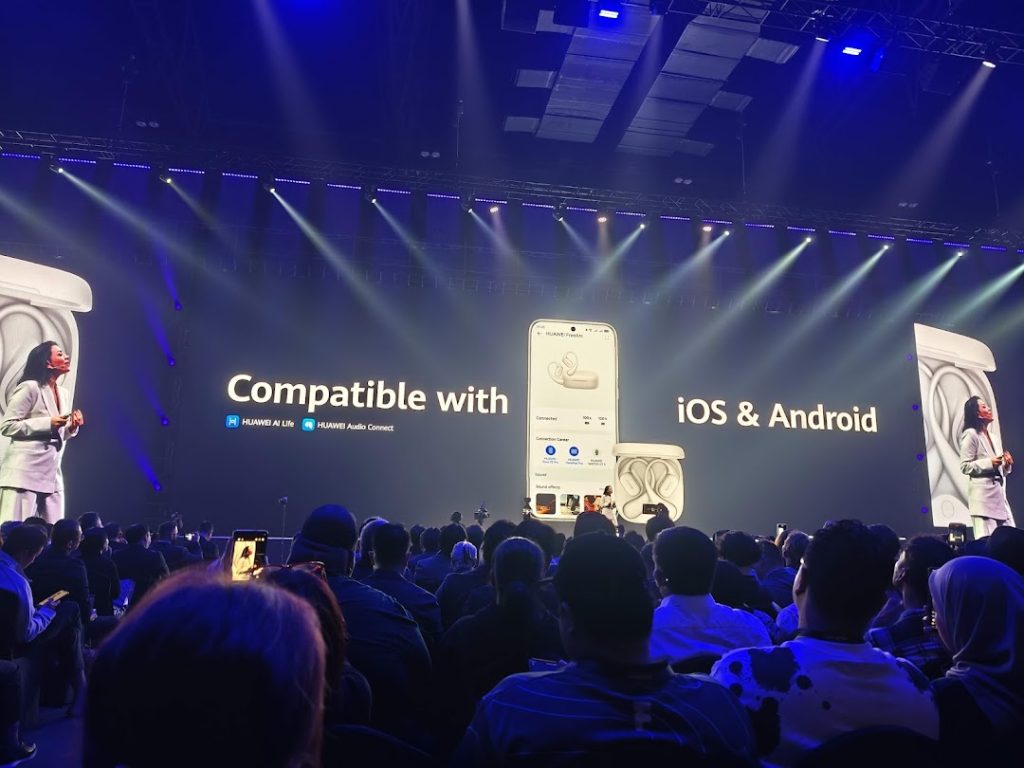
HUAWEI’s 2025 lineup isn’t just a flex—it’s a declaration. If the past few years have shown us anything, it’s that the brand refuses to play by anyone else’s rules. And maybe, just maybe, somewhere in another timeline—the one without the ban—HUAWEI is still playing by the old rules. But here, in this reality, they’re rewriting the playbook. And that’s a lot more interesting to watch.


